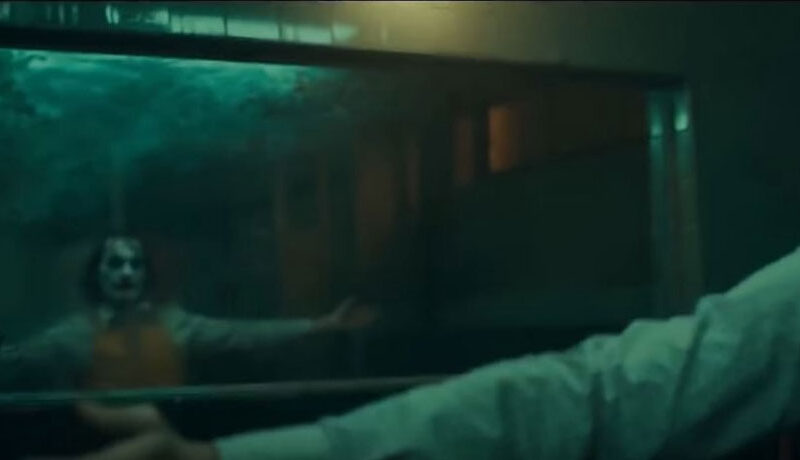Are 3D video games safe for kids’ vision?
Are 3D video games safe for kids’ vision? https://mediatrics.com/wp-content/themes/corpus/images/empty/thumbnail.jpg 150 150 Mediatrics Mediatrics https://mediatrics.com/wp-content/themes/corpus/images/empty/thumbnail.jpgFrom January 2 through February 16, the Mediatrician will be discussing families’ concerns about media and kids at Parents.com. Here’s a recent question and answer:
Q: I just read that Nintendo is warning that kids under age 6 not use their new 3D gaming system because it’s harmful for their vision. Are there are any other vision worries we should know about? My grandmother always used to warn me not to sit too close to the TV. Was she right?
– ParentsDiane at Parents.com
A: Funny, I heard “Don’t sit too close to the TV” as a kid, too! I also heard “Don’t read books in low light” and “Don’t cross your eyes, they might get stuck” with dire warnings about the long-term effects on my vision. Fortunately, none of these had any basis in fact (lucky for me…) And, at least based on current knowledge, neither does concern for the effects of using the new Nintendo 3DS gaming system on the eyesight of children under 6.
Pediatric ophthalmologists and neuroscientists, experts in the developing visual systems of children, from the eye to the brain, reassure us that there are no scientific findings to support the warnings issued by Nintendo about children gaming with their newest device.
The theoretical basis for Nintendo’s concern is that the developing visual systems of young children are very responsive to environmental conditions. If you cover a baby’s eye with a patch at critical times, that eye will become cortically blind – even though the eyeball is normal, the brain will not receive or synthesize the images it receives. Early childhood is the period when amblyopia, a condition where one eye functions less well than the other, must be treated or the weaker eye will become cortically blind. The stronger eye is covered with a patch, forcing the weaker eye to function, and it “catches up” so that the child has stereoscopic, or 3D, vision.
3D screen technologies for movies, TV, or video games create the illusion of 3D by showing a different image to each eye, with varying success. The visual processing required for 3D is much greater than that for a traditional 2D screen image. Some viewers get headaches or nausea; for others, the illusion just does not work. But so far, there is no solid evidence that 3D viewing by children causes any damage to their visual development. Dr. Lawrence Tychsen, a pediatric ophthalmologist at Washington University, studies the development of visual systems by having baby rhesus monkeys watch 3D screens for 3 months, and he sees no difference in their visual development and that of baby rhesus monkeys with no 3D exposure.
Unlike some consumer products companies, Nintendo may be erring on the conservative side by warning that children under 6 should not use their new gaming system, but isn’t that a refreshing change? There are some research-supported negative health effects of video gaming on children, from obesity to anxiety to social isolation, that may be lessened by this warning. Unsupported or not, if the warning gets some kids to put down their devices, get physically active, and create their own free play, is it such a bad thing?
Enjoy your media and use them wisely,
The Mediatrician®
- Post Tags:
- Brain Development
- TV & Movies
- Video Games



